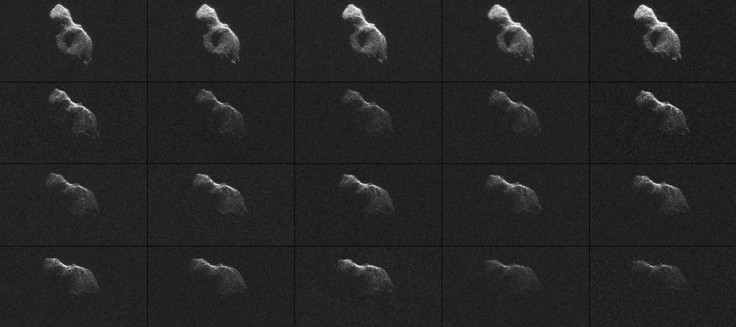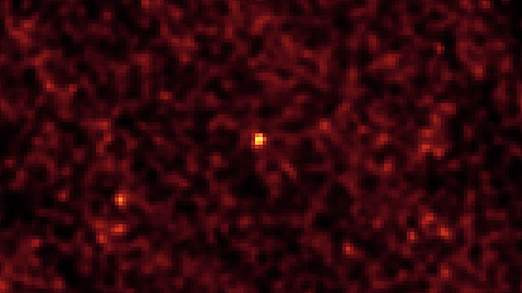Nasa Announces Timeline for Asteroid Capture Mission

Nasa's ambitious plan to snag an asteroid for later exploration is making a steady progress, with the space agency recently announcing that the mission will be launched by 2019.
Nasa also said that it would choose the target asteroid for its Asteroid Redirect Mission (ARM) a year before its robotic spacecraft launches as part of the mission.
Earlier this year, Nasa had announced the ARM, with which the organisation aims to capture an asteroid using a robotic spacecraft, and redirect it into a stable orbit around the moon.
Nasa also aims to send astronauts to study the captured asteroid, as part of the agency's Manned Mars Mission.
Currently, the agency is working on developing two concepts for the mission.

The first concept proposes a full capture of a relatively small asteroid in open space. In the second concept, the agency needs to segregate a "boulder-sized sample" from a relatively bigger asteroid, and thrust the captured sample into a stable orbit around the moon.
Both of Nasa's proposed concepts require redirection of the chosen asteroid (10 metres in size) into the moon's orbit. Nasa states that it would select the "best concept" and implement it in the ARM. The organisation is expected to select the best concept later this year.
The space research agency said that it will undertake a six-month-long feasibility study on the ARM concepts, starting July 2014. Nasa will work on various aspects such as technology and support, as part of the ARM feasibility study.
"With these system concept studies, we are taking the next steps to develop capabilities needed to send humans deeper into space than ever before and ultimately to Mars, while testing new techniques to protect Earth from asteroids", said William Gerstenmaier, associate administrator for Nasa's Human Exploration and Mission Directorate.
According to Nasa scientists, nine potential asteroids have been identified for the ARM. Out of these, an asteroid codenamed 2011 MD is expected to be a potential target for ARM's full capture concept.
2011 MD, which is approximately 20 feet in size, is said to have a relatively low density comparable to that of water.
However, Nasa would continue to carry out searches for "potential asteroids" over the next couple of years.
Meanwhile, the space research agency is working overtime on its Manned Mars mission and a new 3D printed spacesuit prototype called Z-2 'Technology was recently showcased. Nasa will be using Z-2 Tron-Like spacesuits exclusively for its Mars Mission, which is expected to take off at least by 2030.
© Copyright IBTimes 2025. All rights reserved.





















